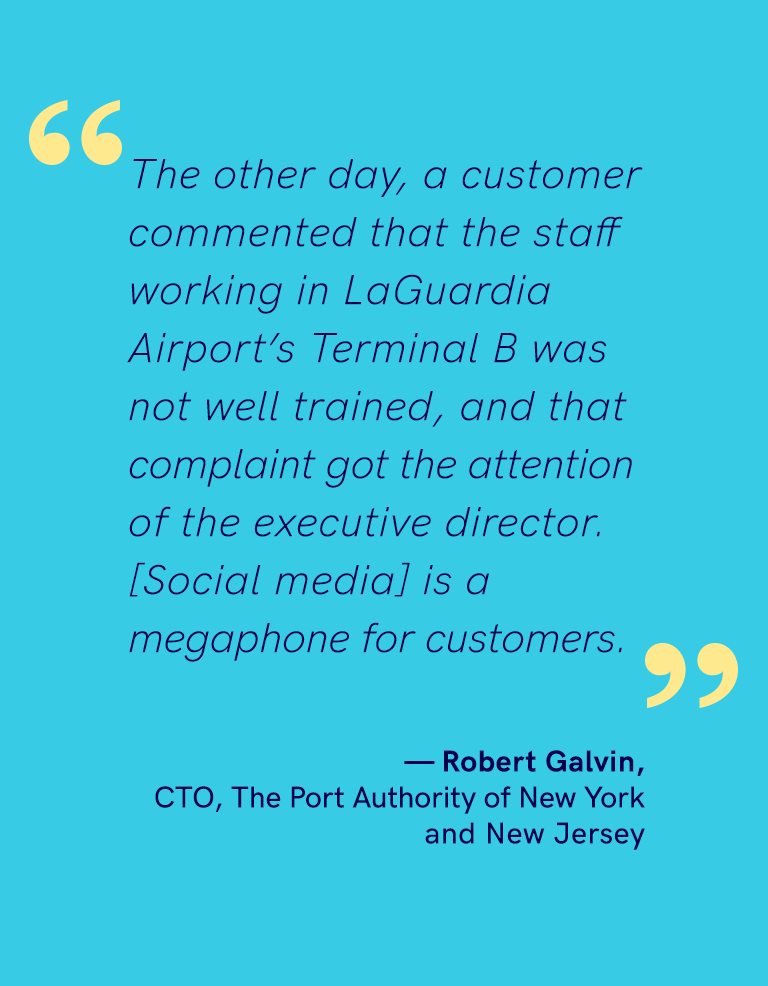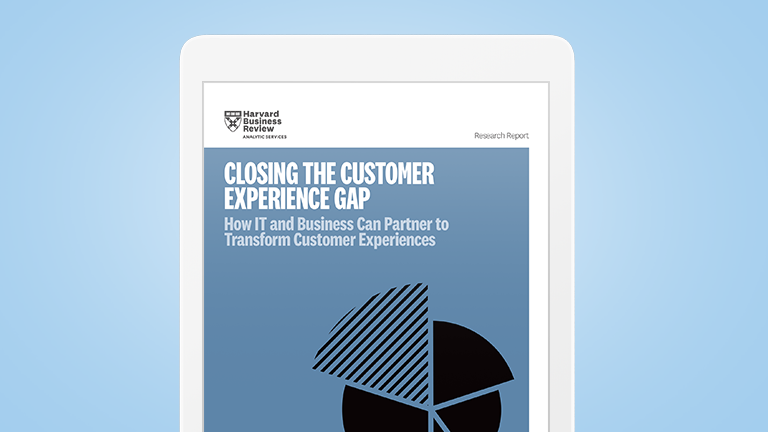Closing the Customer Experience Gap


Analytic Services Research Report, Sponsored by Salesforce
Chapter 1: What Sets Customer Experience Leaders Apart
That CCO who has his own dedicated customer experience technology resources works in a company that is investing $50 million in a three-year customer experience transformation in a recently deregulated, intensely competitive industry. “Our leaders have resolved that the future of our industry is our customer,” he said.
A closer look at the customer experience leaders identified in this report—the 15% of respondents who described their customer experience as very effective— reveals some fundamental differences between these forward-leaning organizations and others. They are more likely to have a customer-centric culture and a single source of customer intelligence. They are more capable and agile in leveraging their customer data to drive customer experience efforts, giving their employees and partners access to the tools and insights needed to create a superior customer experience.
They are more likely to be using emerging technologies and creating personalized and omnichannel experiences. They are more likely to use data to predict and anticipate consumer needs, understand lifetime value, and track customer advocacy
From a demographic standpoint, these leaders are more likely to be based in North America, be the larger organizations, and have both B2B and B2C business models. They are more likely to be found in business or professional services, financial services, and technology industries. Customer experience laggards were more likely to be smaller companies or those with an entirely B2C approach.
Unlike those identified as followers (the 53 percent with somewhat-effective customer experience practices) and laggards (the 32 percent with less effective customer experience practices), nearly all customer experience leaders have a clear and coherent customer experience strategy that is understood by all employees.
But perhaps what really sets apart leaders—and even followers—is that they believe there is no time to waste in transforming to deliver a superior customer experience. They are convinced customer experience is key to performance today, while laggards believe this will be the case in two years’ time. Thus, they have already begun the hard work of defining customer experience outcomes, developing new customer-centric strategies, and rethinking people, processes, and technologies to deliver better customer experiences and improve overall performance.
The Need for Speed and Agility
What many leaders are working toward is the ability not just to deliver a reliable and relevant customer experience, but also to quickly respond to changes in customer or market dynamics. “Customer demands are growing, and the need for speed is increasing,” said the credit union CEO.
The vast majority of customer experience leaders (86%) said—as did two-thirds of followers—that their companies are able to quickly build new and innovative customer experiences in response to market dynamics, while the majority of laggards remain flat-footed in this fast-changing marketplace. Forward-looking companies have invested in new technologies capable of consolidating and analyzing key customer data and have reorganized to be able to act on that customer insight in a more nimble way.
The pace of change and shifting customer demands are some of the biggest challenges to delivering a superior customer experience, according to the vice president of customer experience of a software solutions provider for logistics terminal operators. In fact, that’s one of the reasons his company created the customer experience role two years ago. The company has always been extremely customer-focused, but his role is to ensure that continues to be the case as the software solutions grow in complexity and as customers ask for more from the company.
Staying ahead of the competition and would-be disrupters is crucial and requires a new approach. “Our ability to create change rapidly as it relates to a better customer experience across this large organization requires a very agile approach and mindset,” said the institutional investment and benefits company CCO. At the software development firm, a flattened organizational structure enables more rapid response to shifts in customer demands. “Most IT services companies are hierarchical,” said the company’s head of process and technology innovation. “We adopted a matrix structure primarily to enable increased communication and empower employees.”
One global financial service company is replacing its structure with outcome oriented teams, according to one of its customer experience leaders, who is leading a team focused on customer journeys. Even so, responsiveness and rapid innovation remain a challenge. “We still have legacy and current IT infrastructure, which makes the end-to-end delivery of new features to our customers difficult. It requires the involvement of a number of other parties to accomplish,” he said. “That’s the biggest impediment to delivering fast improvement to customers. It requires alignment, and alignment inevitably requires more time and planning.”
The Customer Data Universe Expands
The volume of accessible customer data has grown significantly over the past two years, with much of the new data potentially useful to companies that seek to build more agile and responsive customer experience practices. Unfortunately, much of it remains unused.
Social media, mobile, and e-commerce or website data have seen the highest levels of growth. The expansion of third-party, partner, and beacon data has been more modest, although customer experience leaders report substantially higher rates of growth in these three areas, as well as in machine or sensor and e-commerce data.
Most companies, however, are failing to leverage the growing mountain of data at their disposal. Just under a quarter of respondents (23%) said they act on most or all of the customer data they collect, while a similar number (23%) said they act on very little or none of it, and the remainder use some of it.
The volume of accessible customer data has grown significantly over the past two years, with much of the new data potentially useful to companies that seek to build more agile and responsive customer experience practices. Unfortunately, much of it remains unused.
Social media, mobile, and e-commerce or website data have seen the highest levels of growth. The expansion of third-party, partner, and beacon data has been more modest, although customer experience leaders report substantially higher rates of growth in these three areas, as well as in machine or sensor and e-commerce data.
Most companies, however, are failing to leverage the growing mountain of data at their disposal. Just under a quarter of respondents (23%) said they act on most or all of the customer data they collect, while a similar number (23%) said they act on very little or none of it, and the remainder use some of it.
“The pace of change and shifting customer demands are some of the biggest challenges to delivering a superior customer experience.”
The Age of the Customer-Centric CIO
overview
Chapter 1
Chapter 2
Chapter 3
Chapter 4
Want to read the full report?
Questions? We’ll put you on the right path.








